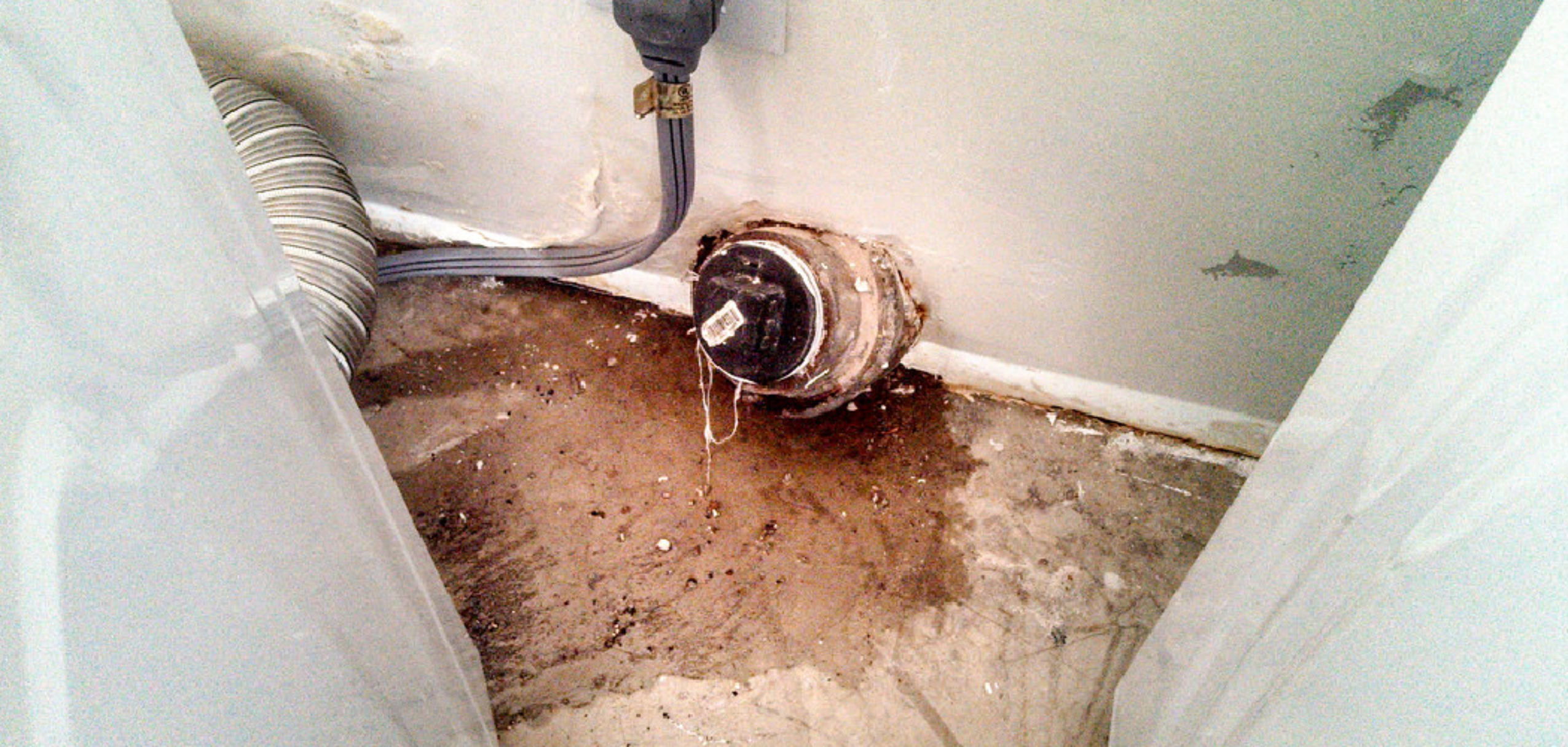Are you struggling with unsightly black mold in your sink drain? Not only is it an eyesore, but it can also pose a health risk if left untreated. Mold thrives in damp and dark environments, making sink drains the perfect breeding ground.
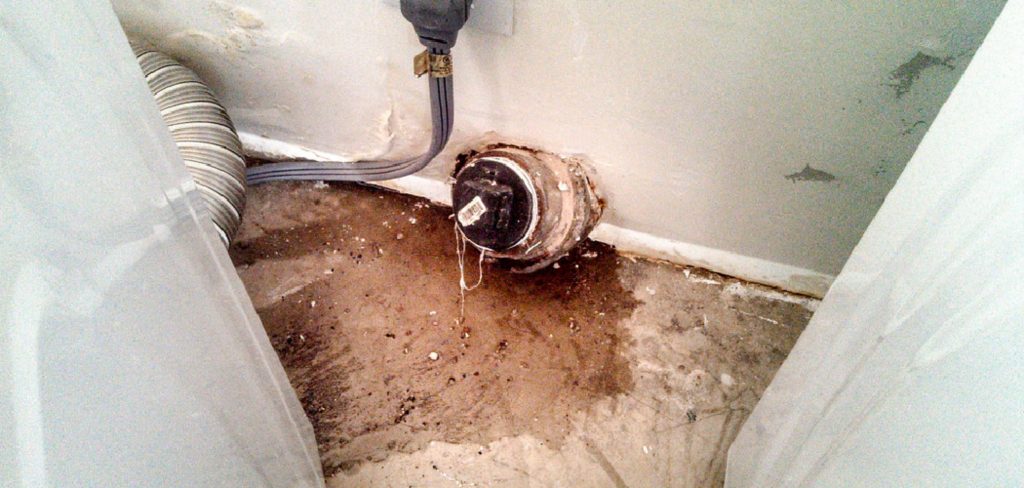
Black mold can pose significant health risks and damage to your plumbing if left untreated, making it essential to address it promptly. In sink drains, mold thrives in damp, dark environments where debris and organic matter accumulate.
This guide will provide you with effective strategies and tips on how to get rid of black mold in sink drain, ensuring a cleaner and healthier home environment.
By following the recommended steps, you can restore your sink to its optimal condition and prevent mold from returning in the future.
What Will You Need?
Before you get started, gather the necessary materials for this task. You will need:
- Rubber gloves
- Protective eyewear
- Face mask
- Baking soda
- White vinegar
- Lemon juice
- Hot water
- Cleaning brush or toothbrush
Once you have all the items, follow the steps below to effectively remove black mold from the sink drain.
10 Easy Steps on How to Get Rid of Black Mold in Sink Drain
Step 1: Protect Yourself
Before you begin the cleaning process, protecting yourself from potential spores and irritants released during mold removal is crucial. Wear rubber gloves to shield your hands from harsh chemicals and mold. Next, wear protective eyewear to prevent mold particles from coming into contact with your eyes.

A face mask is also recommended, particularly one with an N95 rating, to avoid inhaling airborne spores. Ensuring you have these protective measures in place will keep you safe and allow you to work confidently and focus on effectively eliminating the mold without health risks.
Step 2: Prepare a Cleaning Solution
You must create a potent cleaning solution to tackle the black mold effectively. Start by combining one cup of baking soda and one cup of white vinegar in a bowl. This natural mixture produces a fizzing reaction that helps to loosen mold from surfaces.
Additionally, for an extra boost in cleaning power, you can add half a cup of lemon juice, which acts as a natural disinfectant. Once your solution is ready, pour it directly into the sink drain, ensuring it penetrates any areas where mold is present. Let it sit for about 15-30 minutes to allow the ingredients to work their magic before proceeding to the next step.
Step 3: Rinse with Hot Water
After allowing the cleaning solution to sit for the recommended time, it’s time to rinse it away. Boil a kettle of water and carefully pour the hot water down the sink drain. The heat will help flush out the loosened mold and debris, ensuring the cleaning solution effectively clears the drain.
Be cautious while pouring, as the water will be hot. This rinsing step removes the cleaning mixture and helps sanitize the drain, leaving it fresher and less hospitable to future mold growth.
Step 4: Scrub the Drain
Once you have rinsed the cleaning solution with hot water, it’s time to scrub the drain to remove any remaining mold physically. Use a cleaning brush or an old toothbrush to scrub the interior of the drain thoroughly. Pay special attention to dark, stained areas where mold may still cling.
This step is crucial for dislodging and removing stubborn mold residues. After scrubbing, rinse the drain again with hot water to wash away any dislodged mold and cleaning residues, ensuring that the area is as clean as possible.
Step 5: Inspect for Residual Mold
After scrubbing and rinsing the drain, take a moment to inspect the area for any remaining signs of black mold. Shine a flashlight into the drain to identify any dark spots or stains that may have been missed. If you notice any persistent mold, repeat the cleaning solution application process and scrub those areas.
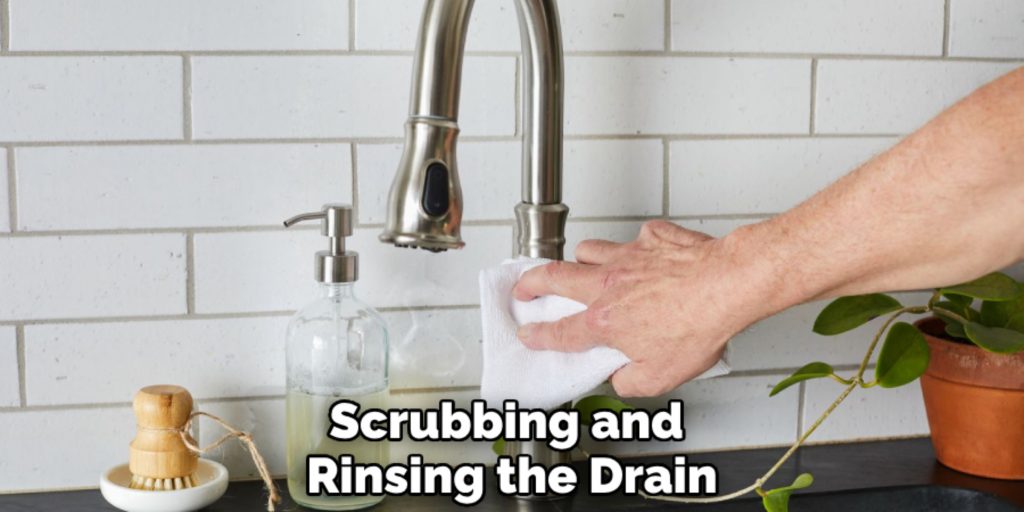
This thorough inspection ensures you have addressed all the mold, leaving your sink drain clear and safe from future growth. Employ a magnifying glass for a closer look and ensure that your efforts have successfully eliminated the mold.
Step 6: Maintain Dryness
To prevent the recurrence of black mold in your sink drain, maintaining dryness is essential. After using your sink, wipe down any surfaces to eliminate excess moisture. Consider leaving the sink drain open to promote air circulation and dry the area.
Regularly check for any leaks or drips that might contribute to dampness, as these can create a suitable environment for mold to thrive. Additionally, avoid leaving organic debris in the sink, as this can serve as a food source for mold. By prioritizing dryness and cleanliness, you can significantly reduce the likelihood of mold returning in the future.
Step 7: Use Preventative Measures
Consider using preventative measures further to protect your sink drain from future black mold infestations. One effective method is to flush your sink drain with hot water and vinegar periodically, ideally once a week. This combination helps inhibit mold growth and keeps your plumbing clear of debris and buildup.
Additionally, you can use a drain cover to catch any food particles or debris before they enter the drain, reducing the organic material that can feed mold. Keeping your sink area clean and dry, along with these preventative actions, will help ensure your sink drain remains mold-free.
Step 8: Check for Moisture Issues
Inspect the area around your sink for any signs of excessive moisture or leaks that could contribute to mold growth. This includes checking under the sink for water stains or dampness and examining the plumbing fixtures and seals.
If you find any leaks, addressing them promptly is essential to prevent future mold problems. Correcting moisture issues helps keep the sink dry and contributes to maintaining a healthy home environment, further reducing the risk of mold proliferation.
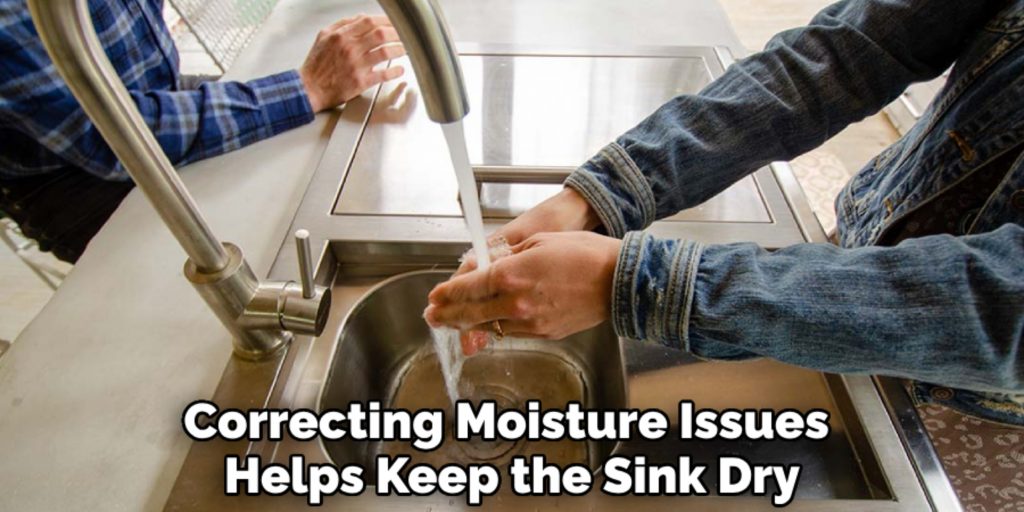
Step 9: Use Baking Soda Regularly
Incorporating baking soda into your maintenance routine can help keep your sink drain fresh and mold-free. Once a month, sprinkle half a cup of baking soda down the drain followed by a cup of vinegar. Allow this combination to fizz and work for about 15 minutes before rinsing it away with hot water.
Baking soda acts as a natural deodorizer and will help absorb any lingering moisture in the drain. Regular use of this method promotes a clean environment, making it less conducive for black mold growth while also helping to clear any potential clogs in your plumbing.
Step 10: Seek Professional Help if Necessary
If you encounter a persistent black mold problem that seems unmanageable despite your best efforts, it may be time to seek professional assistance. Mold can sometimes infiltrate deeper into structures or plumbing systems, making it challenging to eliminate without specialized equipment and expertise.
Professional mold remediation services can accurately assess the situation, effectively remove mold, and provide solutions to prevent future growth. If you suspect that your mold issue is extensive or hazardous to your health, don’t hesitate to consult professionals to ensure a safe and thorough resolution.
Following these steps and regularly maintaining your sink drain can effectively prevent black mold from growing and causing potential health hazards.
5 Things You Should Avoid
- Using Harsh Chemicals: Avoid using aggressive chemical cleaners that may damage your plumbing or create harmful fumes. Opt for natural cleaning solutions or those specifically designed for mold removal to safeguard your health and your pipes.
- Neglecting Regular Maintenance: Ignoring regular cleaning and maintenance can lead to the accumulation of mold and debris. Establish a routine to check and clean your sink drain to prevent mold growth before it becomes a bigger problem.
- Stopping Water Flow: Do not block the drain or allow standing water to accumulate. Ensure the water flows freely to avoid creating an environment conducive to mold growth.
- Ignoring Signs of Leaks: If you notice any signs of moisture or leaks around your sink, do not overlook them. Promptly addressing leaks is crucial in preventing further moisture buildup and mold issues.
- Assuming Mold Is Only on the Surface: Do not assume that visible mold is only present on the surface. It may extend deeper into plumbing fixtures or walls. Always conduct a thorough inspection to identify any hidden mold that requires attention.
Following these guidelines and avoiding common mistakes can effectively prevent black mold from growing and maintain a healthy sink drain.
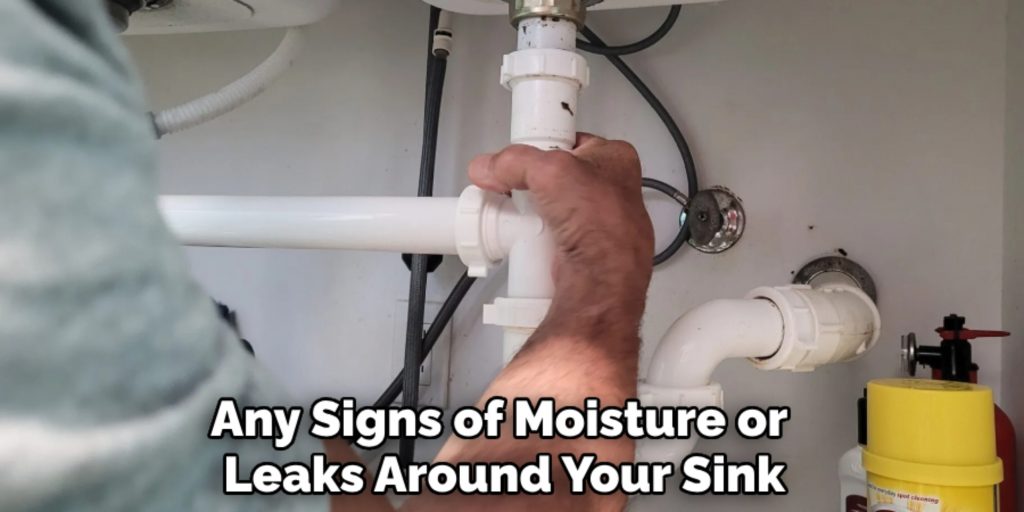
Conclusion
Eliminating black mold in your sink drain requires a proactive and consistent approach.
Regular cleaning, maintaining dryness, and implementing preventative measures can significantly reduce the chances of mold returning. Be vigilant in checking for moisture issues and using natural cleaning agents like baking soda and vinegar to keep your drains fresh. If problems persist despite your efforts, consulting with professionals can ensure a comprehensive solution.
By following these guidelines on how to get rid of black mold in sink drain, you can create a safer and healthier environment in your home, free from the risks associated with black mold infestations.

